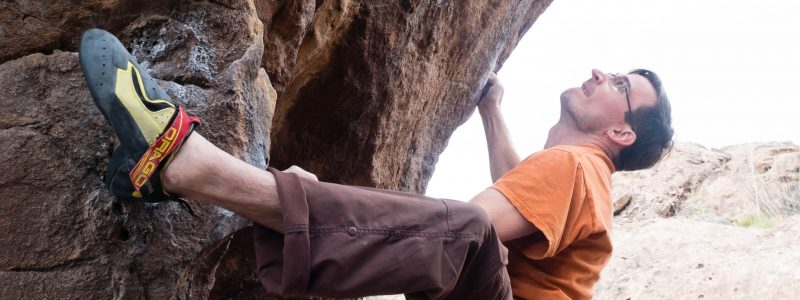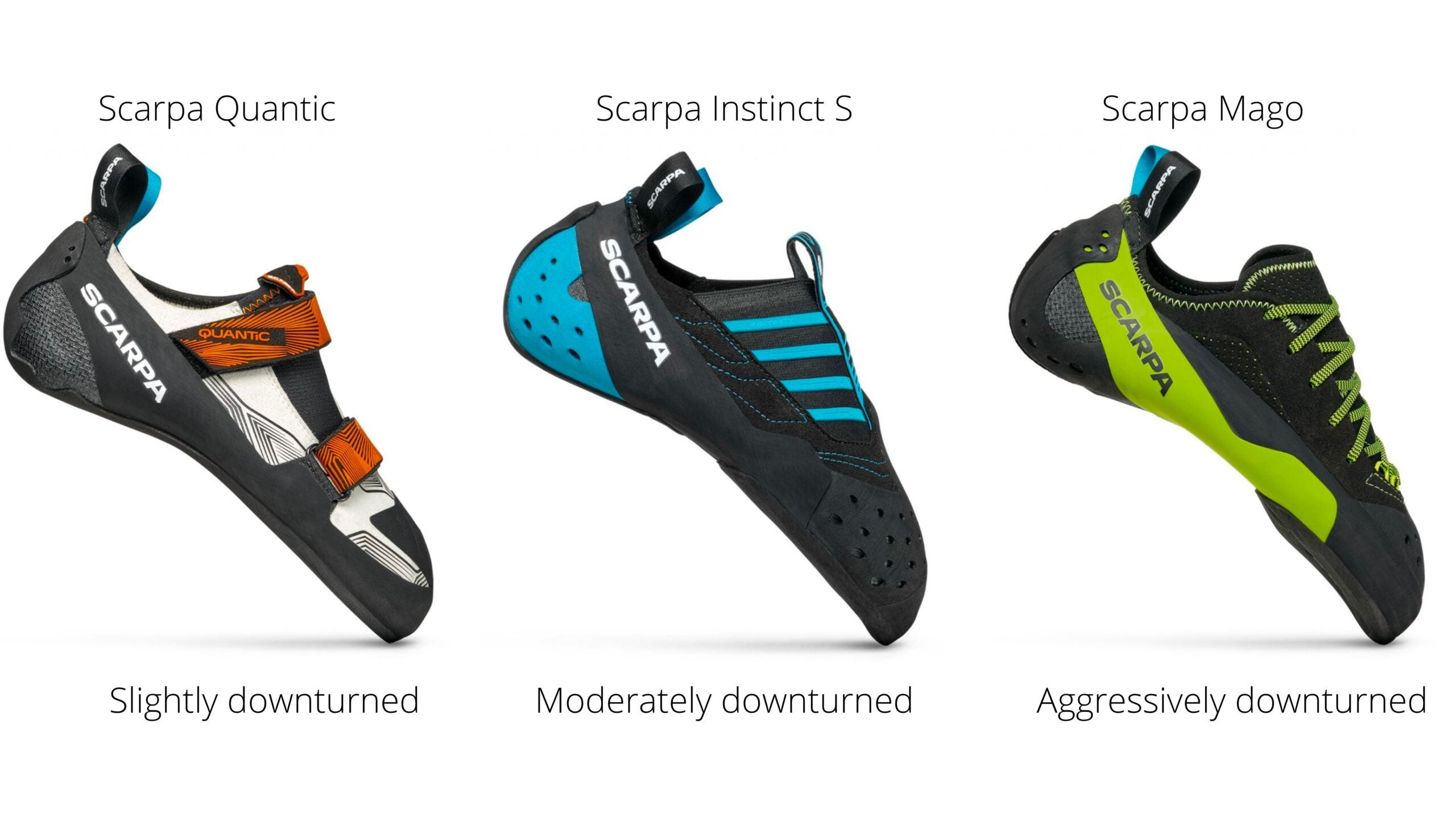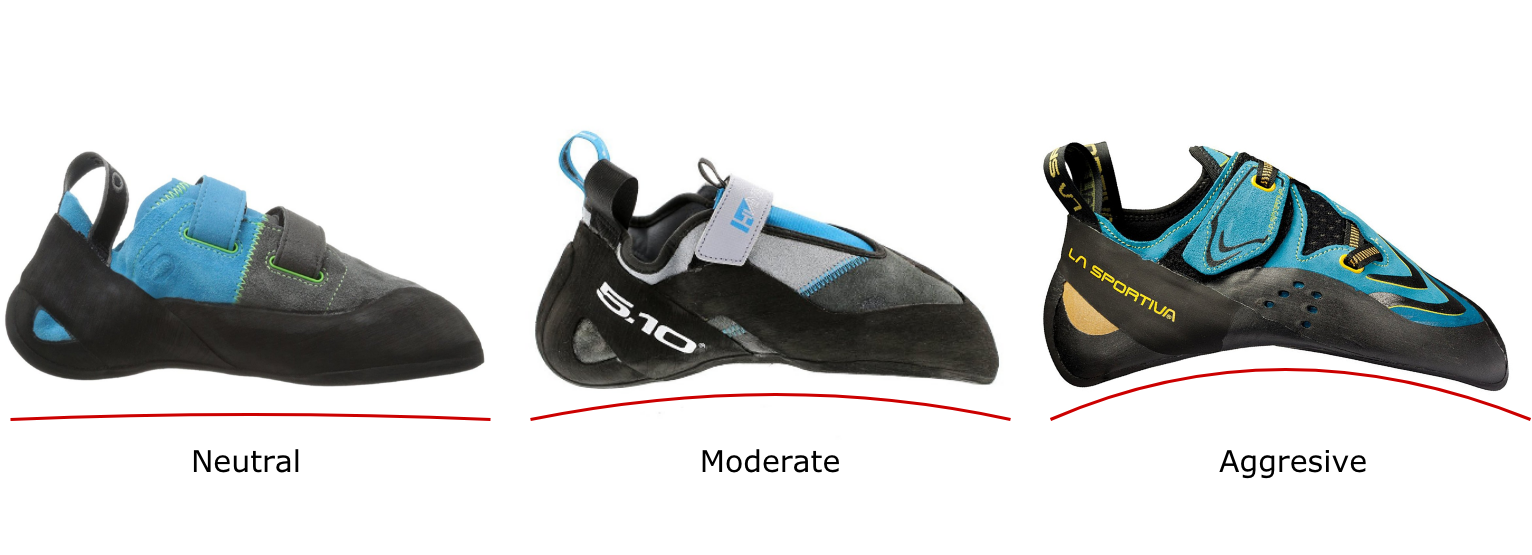How to Choose the Perfect Aggressive Climbing Shoes for Your Next Adventure
Climbing is an art form that requires a delicate balance of strength, agility, and precision. Among the many pieces of equipment that climbers rely on, the right pair of climbing shoes can make all the difference in achieving that perfect grip. Whether you’re scaling sheer rock faces or navigating overhangs, the aggressive climbing shoes you choose will be your most intimate connection to the rock. In this article, we’ll explore the essential factors to consider when selecting the perfect pair for your next adventure.

The Importance of Fit
A common saying in the climbing community is that “climbing shoes are like a second skin.” The fit of your shoes is crucial for comfort and performance. Ill-fitting shoes can lead to discomfort, reduced dexterity, and even injury. To find the right fit, you’ll need to consider the shape of your foot, the tightness you prefer, and the break-in period that aggressive climbing shoes typically require.
Understanding the Downturn
The downturn, or the degree to which the toe of the shoe is angled downwards, is a key feature of aggressive climbing shoes. This design element allows climbers to exert more pressure on smaller holds and edges. However, a more pronounced downturn can also make the shoes less comfortable and more difficult to walk in. As such, understanding the trade-off between performance and comfort is essential when choosing the downturn of your climbing shoes.

Shoe Construction and Materials
Aggressive climbing shoes are often made from a combination of synthetic and natural materials, each with its own set of benefits. Synthetic materials like rubber and polyester provide durability and support, while natural materials like leather can offer a more comfortable and adaptable fit. The construction of the shoe, including the stitching and the type of sole, will also impact its performance and comfort.
Climbing Shoe Profiles
Just as there are different types of rock and climbing styles, there are various climbing shoe profiles designed to cater to these needs. A low-profile shoe may provide better sensitivity for technical climbing, while a high-profile shoe offers more support for overhangs and powerful moves. Understanding the different profiles and how they align with your climbing style is crucial for selecting the right pair of aggressive climbing shoes.

Breaking In Your Shoes
Breaking in your aggressive climbing shoes is a process that can be as challenging as the climbs themselves. The initial tightness of the shoes will gradually conform to the shape of your foot, enhancing comfort and precision. Patience and proper technique are key during this period, as forcing the process can lead to damage or discomfort.
Choosing the Right Size
One of the most common mistakes climbers make is choosing the wrong size for their aggressive climbing shoes. While it may be tempting to size down for a tighter grip, doing so can compromise circulation and lead to discomfort. It’s important to strike a balance between a snug fit and the ability to perform without pain or numbness.

Conclusion
Choosing the perfect pair of aggressive climbing shoes is a personal journey that involves understanding your own climbing style, preferences, and the unique demands of the terrain you’ll be tackling. By considering the fit, downturn, construction, profiles, and the breaking-in process, you’ll be well on your way to finding the shoes that will elevate your climbing experience to new heights. Remember, the right pair of shoes is not just about performance; it’s also about the joy and satisfaction of conquering the climb.
